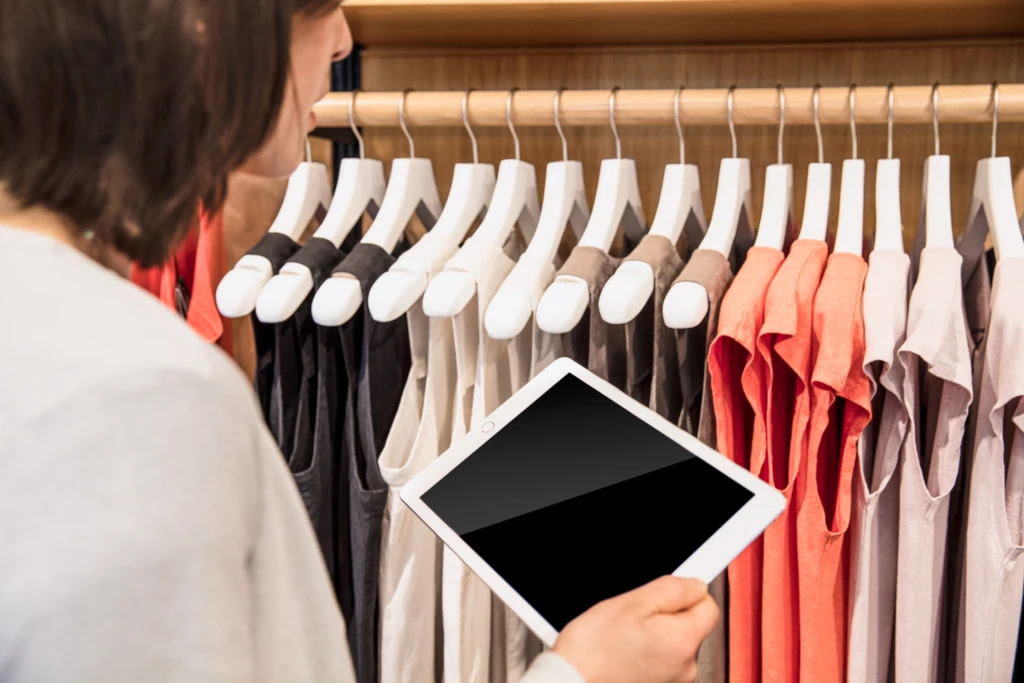
3 ways to accelerate your ‘buy online, pick up in-store’ evolution

The retail landscape has changed dramatically as the COVID-19 pandemic has forced store closures and brought about new consumer needs. Both online purchases, as well as requests to pick up purchases in-store (BOPIS), have experienced high growth rates from February 2020 to April 2020. And the Forrester Q1 2020 Omnichannel Panel Survey recently revealed that 79 percent of retail and brand professionals surveyed have implemented or have plans to implement ‘buy online, pick up in-store’ by the end of 2020. Retailers will have to rapidly evolve their technology and operations to meet this new demand.
There are three key areas retailers must master to meet the growing popularity of contactless shopping and curbside pickup: e-commerce and distributed order management, in-store picking and coordination, and preparing for multi-modal operations.
E-commerce and distributed order management
The COVID-19 pandemic has confirmed that retailers must have a digital relationship with their customers, and offer online shopping and transaction capabilities. But to enable BOPIS, a shoppable website with the ability to capture this demand must be coupled with distributed order management capabilities to allow for fulfillment of merchandise from store or warehouse locations. This can be a challenge for many retailers who may either have different packaging or SKUs for in-store and e-commerce merchandise, or who have traditionally managed their e-commerce inventory as a separate store. Step one for many is the process and technology transformation needed to drop orders to stores for fulfillment. But as in-store inventory levels are constantly changing (and historically inaccurate) based on customer in-store purchases, accurate and integrated real-time inventory will be increasingly important.
In-store picking and coordination
This step in the process could be the Achilles heel for many retailers, as it requires people, process, and technology to effectively come together to execute. For many years, retailers have focused their operational efforts on how to optimize getting inventory on the shelf with speed, efficiency, and one-touch. Now, as BOPIS requires speed, efficiency, and one-touch operations to pick inventory off the shelf, it has presented store operations leaders with new technology and process challenges. Technology that can queue orders, map optimized picking routes based on store layouts and planograms, and assign tasks to appropriate in-store associates can all facilitate the needed changes to store-operating procedures. Increasingly, retailers are considering reserving some of their locations to be “dark stores”—stores that are not open to the public, but only for associates to pick and pack merchandise for pickup or delivery. This allows for greater optimization of inventory storage, order assembly areas, and even parking lot and drive-thru pick-up zones, and makes the implementation of autonomous (micro-fulfillment centers) or even semi-autonomous (robotic) picking solutions easier to manage if the space is not shared with shoppers.
Preparing for multi-modal operations
And finally, as retailers master digital transactions, multi-channel order fulfillment, and in-store picking, their next opportunity is to anticipate consumer demand for agility in fulfillment modalities. While contactless curbside pickup may be the consumer’s choice today, in the future, their needs will likely diversify and their next request could be delivery to a locker for around-the-clock access and pickup, either at the retailer’s location, or another centrally located destination; and of course home or alternate location delivery will continue to be the fulfillment mode of choice for many consumers. This also creates a new opportunity for retailers to fulfill same day and next day at a potentially lower cost, assuming stores will be in closer proximity to the customer than typical distribution or fulfillment centers. The frequency and density of orders will likely determine if this can be a more cost-effective fulfillment model than shipping from warehouses.
They say necessity is the mother of invention, and certainly we have seen the unique shopping and fulfillment requirements the COVID -19 pandemic has placed on retailers and consumers. Focusing on e-commerce and distributed order management, in-store picking and coordination, and preparing for multi-modal operations can help retailers meet these unique and evolving challenges.




